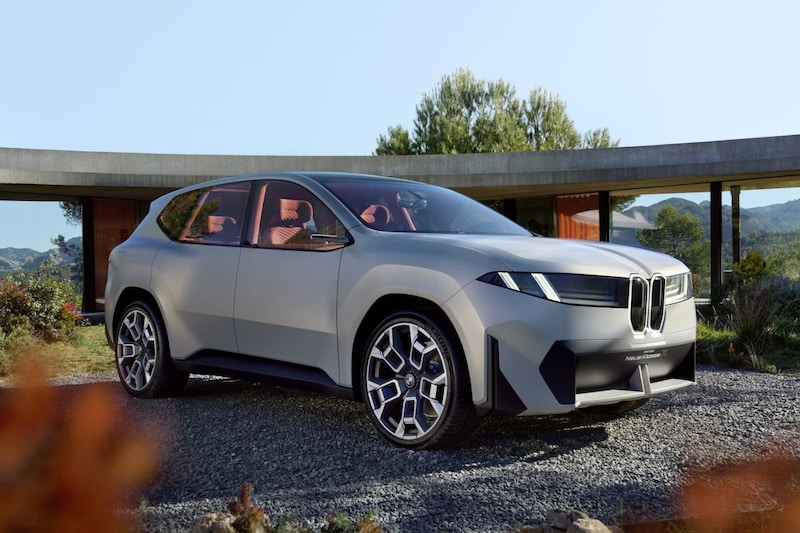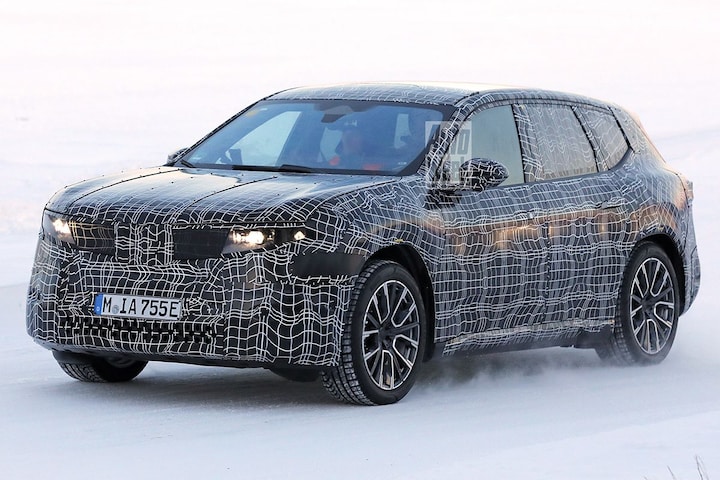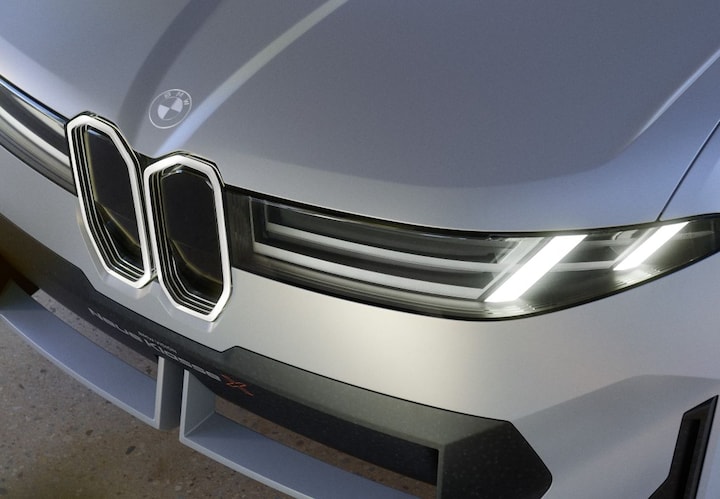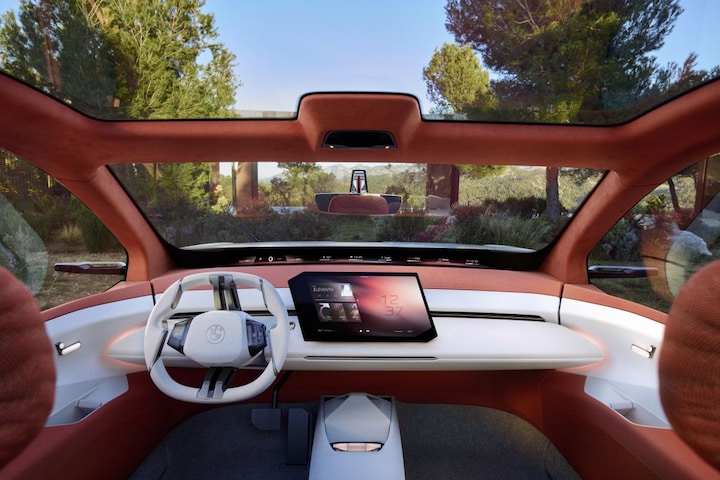From utilitarian to active, SUV becomes SAV


Beyond the BMW iX3. Meet the fully electric BMW Vision Neue Class
BMW is putting the finishing touches to a completely new, fully electric SUV. Or actually we should say SAV, because BMW itself calls it a Sports Activity Vehicle, more active than utilitarian. The intention is for the car to roll off the production line at the BMW factory in Debrecen, Hungary, at the end of 2025. Heavily camouflaged prototypes are already being put through their paces under harsh conditions.

The BMW ‘New Class iX3’ is put through its paces.
New kidneys for the Vision Neue Klasse X
To get an idea of what that SUV will look like, we were able to take a close look at a concept study, a show model called Vision Neue Klasse crossovers. We are dealing here with nothing other than the SUV variant of the sedan that shone at the IAA last September as the Vision Neue Klasse. More than the sedan, we find the By the way, those kidney grilles, lined with a light strip, are also the grille, they hold their ground bravely between large transparent surfaces that end as LED headlights. In the hood – just above the kidney grilles – and also between the enormous rear lights we see the well-known BMW logo as a milled 3D representation. Nice, but will it make it to the production stage? It does require a considerable material thickness (and therefore extra mass). The minimalist door handles that resemble those of the Ford Mustang Mach-E seem more realistic, but we no longer see them on the driving prototypes above the Arctic Circle, nor do we see the flat rear-view cameras instead of exterior mirrors.

The kidney grilles in the front of the Vision Neue Klasse X look quite modest compared to what we have seen in recent years.
Handlebar with vertical bars
A large multimedia screen dominates the dashboard in the spacious interior. Behind the square steering wheel with its vertical spokes, there is no conventional instrumentation: a wealth of information is presented under the windscreen over almost the entire width of the car, fortunately the most essential right for the driver. This design shows a great affinity with what we saw in the sedan in September. Can we get used to a square handlebar? Half a century ago, the Austin Allegro also had one, and for those who thought such a flattened hoop was too extravagant, the accessories store offered round ones.

Minimalism in the superlative, even BMW’s famous iDrive button has disappeared.
Technological quantum leap
According to Frank Weber, responsible for development in the BMW management, the BMW of the future will have four supercomputers that work together intelligently: “There is one superbrain that integrates the entire drive and driving dynamics with up to ten times more computing power than before. And another computer should ensure a quantum leap in autonomous driving.” Just like the sedan, the SUV is also packed with new technology that not only makes the car more efficient, but also takes the dynamic performance to a higher level. Instead of the prism battery cells that BMW currently uses, the Neue Klasse X will have cylindrical cells. According to BMW, this results in a 20 percent higher energy density. In addition, 800 volts will be used, which will partly improve the charging speed by 30 percent and the fast charger will supply 300 kilometers of electrical energy in less than ten minutes. With 20 percent lower air resistance than a comparable SUV from the current BMW range and features such as a braking system specially developed for EVs and newly designed tires, the car should use its electricity up to 25 percent more efficiently. Will that really be the case? We’ll know in a year and a half.
– Thanks for information from Autoweek.nl











